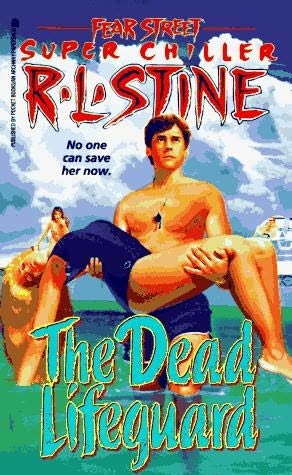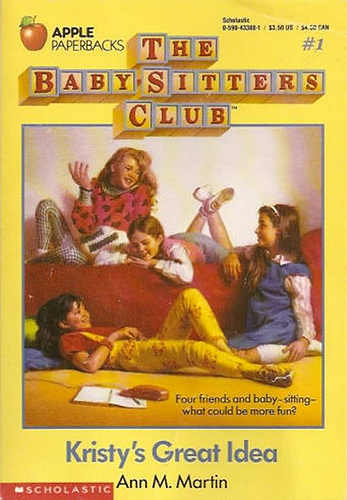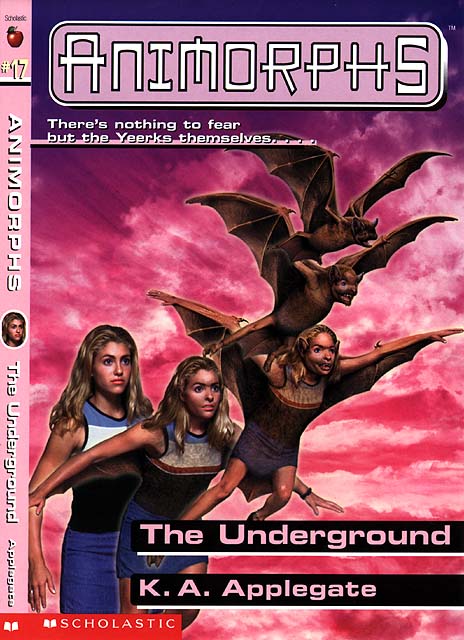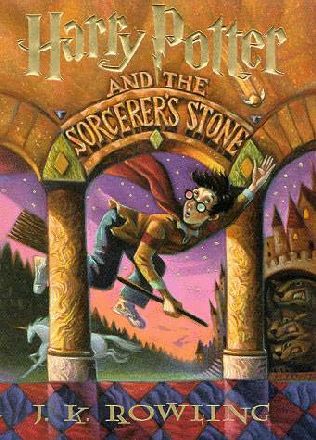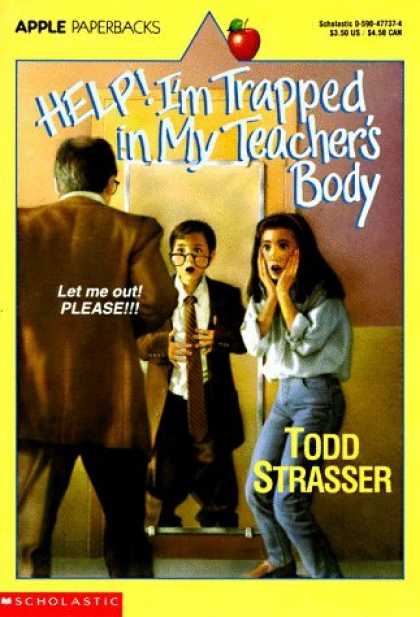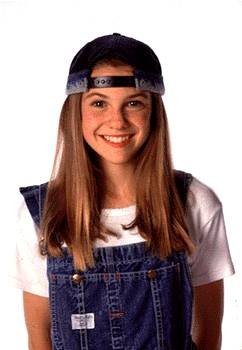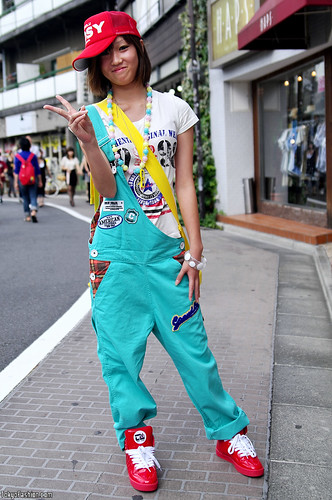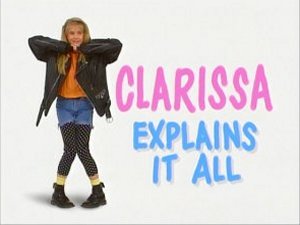 You know the drill: one year, uncommonly popular songs, a group of bands whose records rarely saw the light of day by year's end. 1994 was a surprisingly light year for one-hit wonders, but it did give us a few winners. Or losers. Depending on your point of view.
You know the drill: one year, uncommonly popular songs, a group of bands whose records rarely saw the light of day by year's end. 1994 was a surprisingly light year for one-hit wonders, but it did give us a few winners. Or losers. Depending on your point of view.Without further ado, I give you the inexplicable one-time hits of 1994:
Crash Test Dummies: Mmm Mmm Mmm Mmm
Crash Test Dummies - Mmm Mmm Mmm Mmm (Official Music Video) - Watch the top videos of the week here
You've got to give at least a smidgen of credit to a band who's able to make a hit song without having a single actual word in the chorus or name of the song. We've got to give them credit wherever we can find it, really, because this song doesn't have so much going for it. Sure, it's catchy and will play over and over and over again in your head after you hear it, but that's not necessarily a good thing. In this case, especially.
The song details three minor hard-luck stories of three unique children, allotting each child's tale a single lyrical verse. The song doesn't exactly have a point, per se, but it does tell three disparate stories in great, unnecessary detail. Really, just so unnecessary. In the first, we learn of a boy whose hair has suddenly turned white after a car accident. In the second, we hear about a girl who avoids changing in gym class for fear of her classmates berating her unseemly birthmarks. In the last, a boy's family belongs to an odd religious sect for which participants shake and quiver about on the church floor.
Wait, I'm sorry. What? This is a song? I remember liking the music video as a kid, but that's probably just because it's so damn literal. Children act out the scenes exactly as they're described in the song. There's no deeper meaning. There's no point whatsoever. To all the struggling musicians out there putting out lyrical gold, let me apologize on behalf of the Crash Test Dummies for pushing you out of the spotlight so we could hear, well, this.
69 Boyz: Tootsee Roll
I'm going to come right out and say it: any song backed up by the Quad City DJs is pure beat-thumping genius in my mind. Thus perhaps I'm a little biased in my assessment of the 69 Boyz' song "Tootsee Roll", but seriously, doesn't it just make you want to dance a little bit? No? Just me? Okay then. The song starts out strong with a hearty:
The butterfly? Uh-uh, that's old!
Let me see the Tootsee Roll!
Then, just a mere chorus and few shouted lines later, they reiterate the previous statement by explaining:
I don't know what you've been told
It ain't the butterfly, it's the Tootsee Roll
A brand new dance
Wait, wait, wait. I'm confused. Maybe they should explain it one more time. So you're saying it's not the butterfly? I'm not sure who exactly has been trying to convince us of otherwise since their initial introductory proclamation, but at least that's settled now. It's not the butterfly, everyone. It's just not.
Anyway, I've always been a fan of dance songs where they shout out specific dance directions in the lyrics. It means I don't have to think of what I'm going to do next. There's no awkward moment where I'm wondering if I should throw the dice one time. No, no. I'll just dip, baby. Dip.
Ahmad: Back in the Day
Okay, okay, I know this song was not quite as popular as the others, but I just have to throw it in there for its dedication to the preservation of nostalgia. This Ahmad is a guy after my own heart. We're all about the back in the day here at Children of the 90s. I must say based on the song that I didn't have much in common with Ahmad, but it's the sentiment that really counts.
Big Mountain: Baby I love your Way
You know you've really made it in the one-hit wonder world when you don't even have to come up with the tune or lyrics of the song that buys you your fifteen minutes of fame. Such was the case with Big Mountain, whose cover of Peter Frampton's 1974 hit "Baby I Love Your Way" earned them a top ten spot on the Billboard charts in 1994. The song was featured in Reality Bites, thus forever preserving it as a piece of 90s history. Reality Bites was one of those prototypical 90s movies encapsulating all things Gen X, giving the song automatic 90s clout by mere association.
The movie soundtrack also introduced most of us to Lisa Loeb with her hit "Stay", so it's got some 90s credibility. "Baby I Love Your Way" was reinterpreted as a light-rock reggae song, a slight twist on the original Frampton version. It was catchy and infectious in the normal manner of airborne musical contagions, but it didn't make much of Big Mountain. They may have been dropped by their label a few years later, but at least they managed to give us some semi-soothing 90s reggae-inspired 70s covers. Wait, is that a genre?
Deadeye Dick:
(I couldn't find a good embeddable version of the video, so enjoy the lyrics on a red background!)
I've already covered this one here, so I'll be brief. I love this song. Sure, I didn't quite get the not-so-subtle innuendo as a kid, but it's all in good fun. It's just a fun song, plain and simple. It wasn't enough to give Deadeye Dick much of a blip on the radar of musical history, but it did get quite a bit of radio play. And it was in Dumb and Dumber. You can't get much better than that, can you?
Us3: Cantaloop (Flip Fantasia)
Some might say Jazz-Rap is an odd musical filing subcategory, and they may be right. Regardless of the uncommon characterization, it's a pretty catchy tune. So much so that it occasionally pops into my head and I can't remember any words except for "flip fantasia". Whatever that means. The song is a reincarnation of the 1960s Herbie Hancock tune "Cantaloupe Island". As you can see, 1994 was a great year for people low on originality and high on music rights purchasing power. It is a fun song, thought.
Culture Beat: Mr Vain
Confession: this song is on every one of my workout mixes. Now that I've been officially deemed unbroken by medical professionals, I'm going to be hearing a whole lot more Mr. Vain. Theoretically, that is. I'd forgotten about this song completely until I was in Poland one summer and turned on the TV. If you've ever been to Poland, I assume you know this was my first mistake. They're not overly keen on television censors. Anyhoo, this song was playing and the memories just flooded back. Music can do that to you. Even really terrible, horrible, 90s era technopop.




